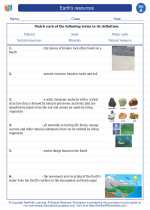Mantle
The mantle is a layer of the Earth that lies between the outer core and the Earth's crust. It is a part of the Earth's interior and is composed of solid rock. The mantle is the thickest layer of the Earth, making up about 84% of the Earth's total volume.
Composition of the Mantle
The mantle is primarily composed of silicate rocks, rich in minerals such as olivine, pyroxene, and garnet. These minerals give the mantle its solid, rocky structure. The mantle is divided into the upper mantle and the lower mantle based on differences in temperature, pressure, and composition.
Physical Properties of the Mantle
The mantle is characterized by high temperature and pressure conditions. It is in a solid state, but the high temperature and pressure cause the rocks to flow very slowly over long periods of time. This flow of solid rock is what drives the movement of tectonic plates on the Earth's surface.
Role of the Mantle in Plate Tectonics
The movement and flow of the mantle rocks are responsible for the process of plate tectonics. Convection currents within the mantle drive the movement of tectonic plates, leading to phenomena such as earthquakes, volcanic eruptions, and the formation of mountain ranges.
Study Guide
- What is the mantle and where is it located within the Earth?
- What are the primary minerals that make up the mantle?
- How is the mantle divided based on its properties?
- What are the physical properties of the mantle?
- What role does the mantle play in driving plate tectonics?
◂Science Worksheets and Study Guides First Grade. Earth's resources
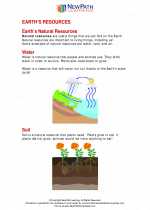
 Worksheet/Answer key
Worksheet/Answer key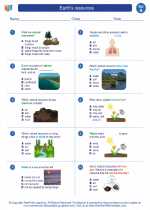
 Worksheet/Answer key
Worksheet/Answer key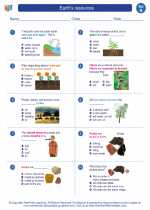
 Worksheet/Answer key
Worksheet/Answer key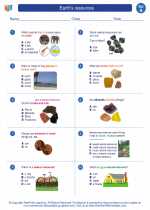
 Vocabulary/Answer key
Vocabulary/Answer key
 Vocabulary/Answer key
Vocabulary/Answer key